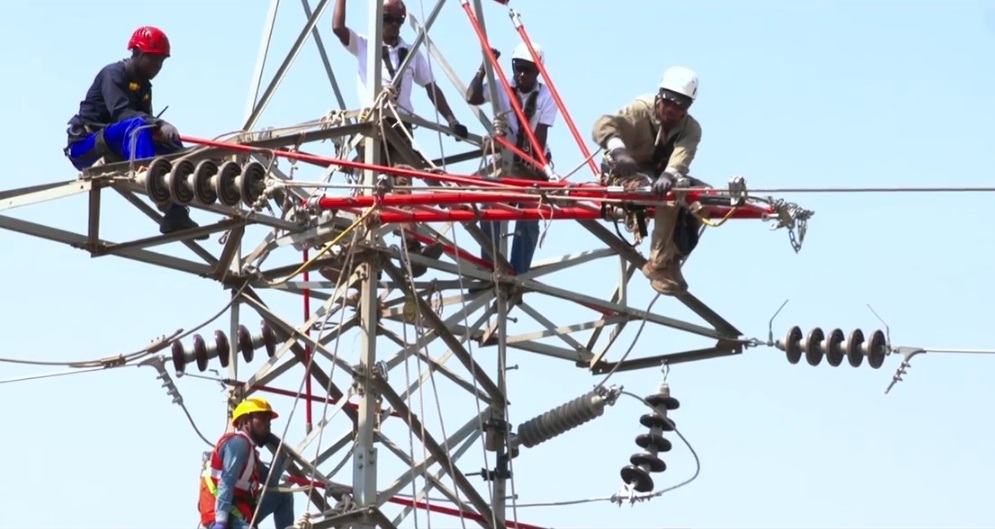In a newly released draft paper, Central Electricity Authority (CEA) has recommended that re-conductoring of transmission lines of the interstate transmission system (ISTS) be carried out under the regulated tariff mechanism (RTM) route as opposed to the tariff-based competitive bidding (TBCB) mode.
The CEA paper, released on around June 27, 2023 and for which public opinion has been sought up to July 17, 2023, has discussed the pros and cons of reconductoring using the RTM and the TBCB modalities.
One of the major reasons for avoiding the TBCB route for reconductoring is the emergence of dual ownership. This is because the transmission towers will be owned by one entity (the transmission service provider or TSP) and the conductors (after reconductoring) will be owned by a different bidder selected for reconductoring using the TBCB route. This dual ownership will also create disputes on sharing of tariff.
If reconductoring is done by the original TSP, there will be single ownership throughout the lifetime of the transmission asset. This would simplify a number of issues relating to tariffs, availability of the transmission line for reconductoring, execution time, etc, CEA said.
CEA has thus concluded: “In the period of useful life of the transmission system, in order to avoid technical, commercial and operational issues in reconductoring of transmission lines, it would be prudent to allocate the (reconductoring) scheme to existing owner (TSP) through RTM route.”
As a corollary, CEA has also suggested that if the original project is already being implemented under the RTM route, then its technical upgrade within or after the useful life is also to be done using the RTM route.
Though CEA has advocated the RTM route for reconductoring, the paper observes that apprehensions were expressed by the industry over the RTM mode. These typically included “higher implementation cost” and “lack of transparency.”
What is reconductoring?
As explained in the CEA paper in discussion, reconductoring is a process of stringing of new conductors on existing towers using the same right-of-way (RoW) to increase the thermal capacity of transmission lines. However, this may require modification or replacement of some towers in cases where load bearing capacity of tower is not sufficient enough. The scheme may also require replacement of terminal bay equipment with high rating equipment commensurate with rating of new conductors.
Life of transmission system
For projects bid out under the TBCB route, the life of a transmission asset is usually considered to be 35 years. As per the standard bidding documents (SBD), “the TSP shall ensure transfer of all project assets along with substation land, right of way and clearances to CTU or its successors or an agency as decided by the Central Government after 35 years from COD of project at zero cost and free from any encumbrance and liability,”
Also read: CEA Proposes Monitoring Of Mini And Microgrids
India’s EHV network
The CEA paper noted that as of May 2023, the Indian National Grid had 4,72,345 ckm of transmission lines at the interstate and intrastate level, only considering voltage of above and including 220kV. Currently, India’s AC lines have voltage level up to 765kV whereas HVDC lines exist up to ±800kV.
Featured photograph (source: Sterlite Power) is for representation only.

